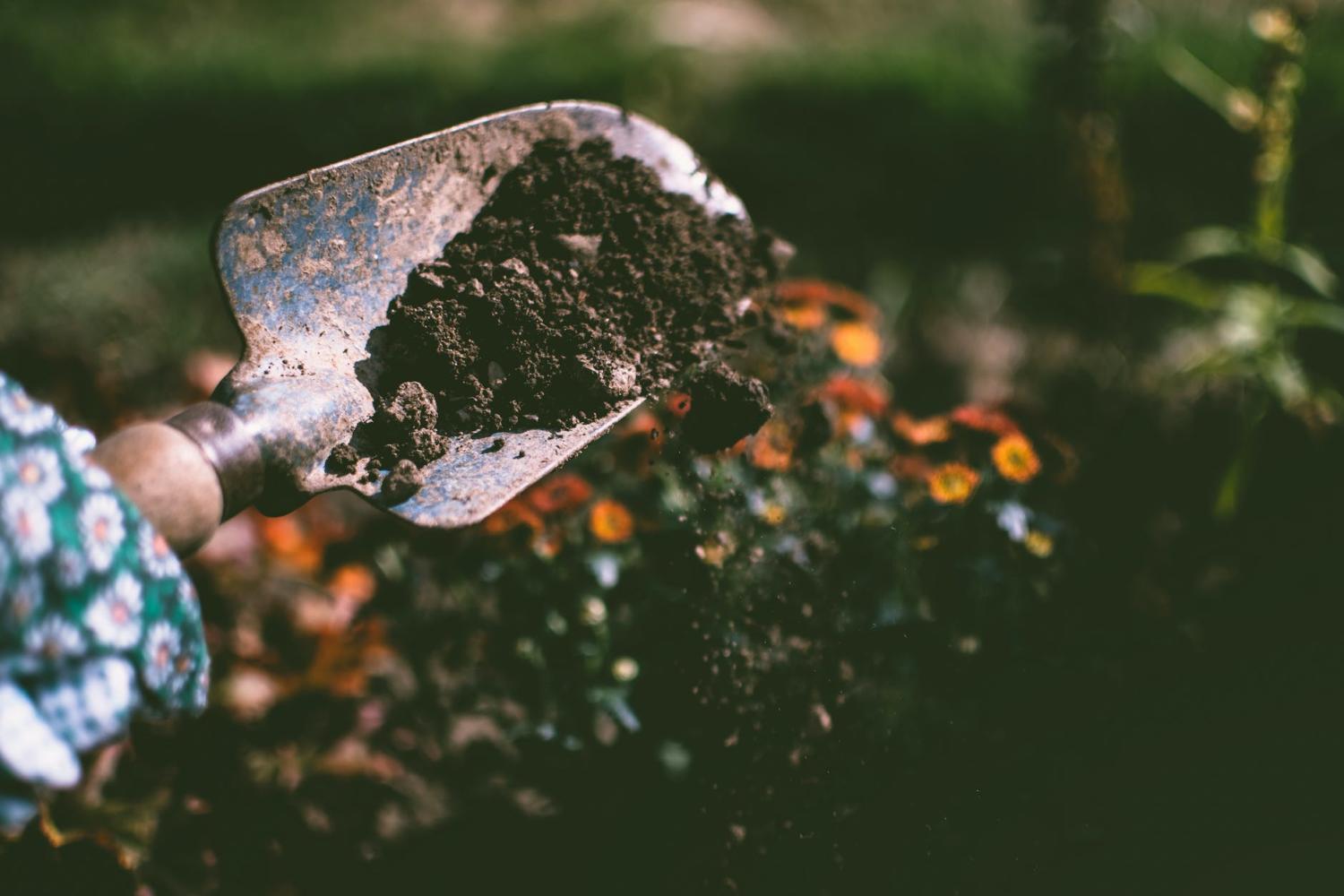
As we approach the end of the calendar year the dark days of December are a good time to look back at the year’s successes and failures. Every growing season is different, it’s what makes gardening interesting after all, but 2022 was more than ‘different’: difficult would be a more apt word. And it was, of course, the weather that made it so. Or to be more specific, the prolonged summer drought and the bouts of extremely hot weather. Meteorological Office records show 2022 was the joint warmest summer on record and the driest since the legendary parched year of 1976.
Although difficult, the year certainly hasn’t been disastrous. Far from it, some of the crops have been fantastic. Perhaps most outstanding has been the tree fruit. With some exceptions, most apples and pears have cropped abundantly with often large fruit that has a degree of ripeness seldom seen in the north of England. More exotic fruit, in my case especially quince, has also produced an exceptional crop. Many vegetables have also fared well. Yields have sometimes been down, but the quality has generally been good. This is in part due to the almost total absence of fungal diseases such as potato blight and the inactivity of moisture-loving molluscs. What’s more, because the growing season has been warm and long (it’s 15 degrees as I write in late October and is forecast to nudge higher in the next few days), some crops have continued producing over a longer period than normal.
While these are some of the many positives, it’s impossible to ignore the negatives that made for a difficult year. It’s from these that we can draw lessons and prepare for what is likely to be similar hot and dry seasons ahead. For me, and I suspect many other home growers, the main difficulty has been watering. Even where and when using a sprinkler was possible this was time-consuming and not always effective. This underlines the importance of conserving soil moisture. Don’t disturb soil during summer unless unavoidable. Do mulch if suitable materials are available. And, most of all, hold water by adding lots of humus-rich material in winter and spring. When watering directly it to where it’s needed, preferably using a can so less is wasted. Crops that need water most are those that are ‘thirsty’ like courgettes, runner beans, sweetcorn, and salads, plus anything recently transplanted.
This leads to a bigger question: which crops are most likely to face difficulties in the next hot and dry summer? It isn’t necessarily thirsty ones such as those mentioned above. Instead, it’ll probably be those that prefer cool summers. Berries suffered particularly with me this year, especially raspberries, blackcurrants, gooseberries, and blueberries. In some cases, berries are simply cooked on the bush. Vegetables that struggled included lettuce, beetroot, and some brassicas (cabbage family plants). A particular difficulty was transplanting or sowing when the weather was scorching. Young leeks set out in July flagged with some failing to establish. Late-sown crops like turnips or August transplanted ones such as French beans intended for an autumn harvest also fared poorly.
All this may mean we need to rethink what we grow and the way and timing of how we sow and plant it. What we shouldn’t do though is overreact. Trying to grow aubergines or sweet potatoes outdoors next year would be rash. One thing is for sure: as the climate heats up being able to reliably and sustainably grow your own is going to be more important than ever.









Add a comment